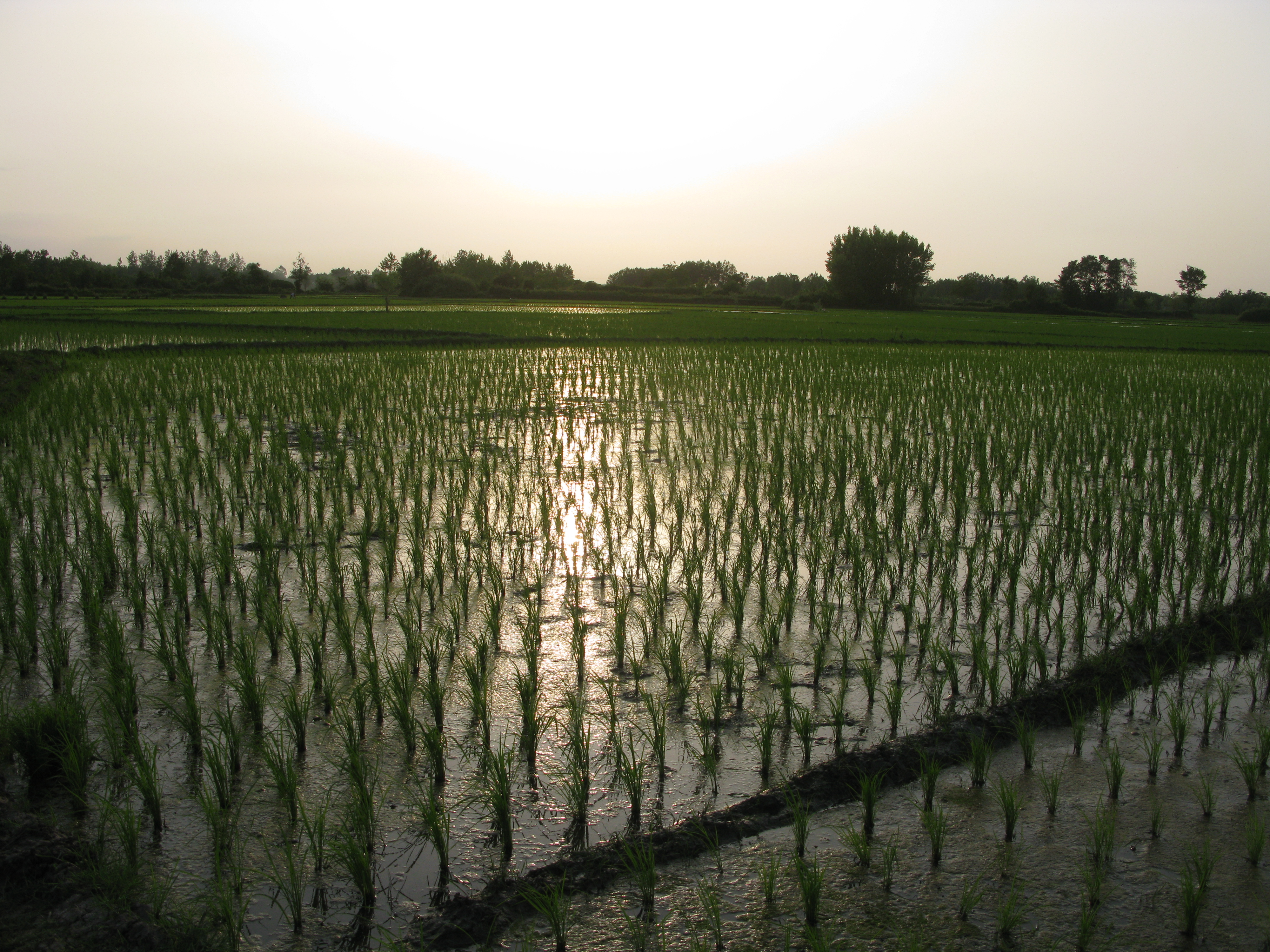تصویر : شالیزار
عکاس:
Afshin Iranpour
استان:
گیلاناطلاعات تکمیلی:
ابعاد:
4000 * 3000
اندازه فایل:
6102323
Make:
Canon
Maker Note:
Model:
Canon PowerShot G9
نوع:
image/jpeg
DateTime:
2015:05:24 18:52:06
Shutter Speed Value:
309/32
Aperture Value:
128/32
Exposure Bias Value:
0/3
Flash:
16
Focal Length:
7400/1000
X Resolution:
180/1
Y Resolution:
180/1
Resolution Unit:
2
توضیحات:
شالیزار، زمین کشاورزی است که در آن برنج کاشته میشود.[۱][۲] برای کاشت برنج ابتدا باید آن را در محوطه کوچکی رشد داد و بعد از آن به شالیزار منتقل کرد. شالیزارهای در حال کاشت همیشه پر آب هستند. [۳] آب مورد نیاز برای شالیزارها از آب چاه یا آببندانها تامین میشود
دانلود این عکس